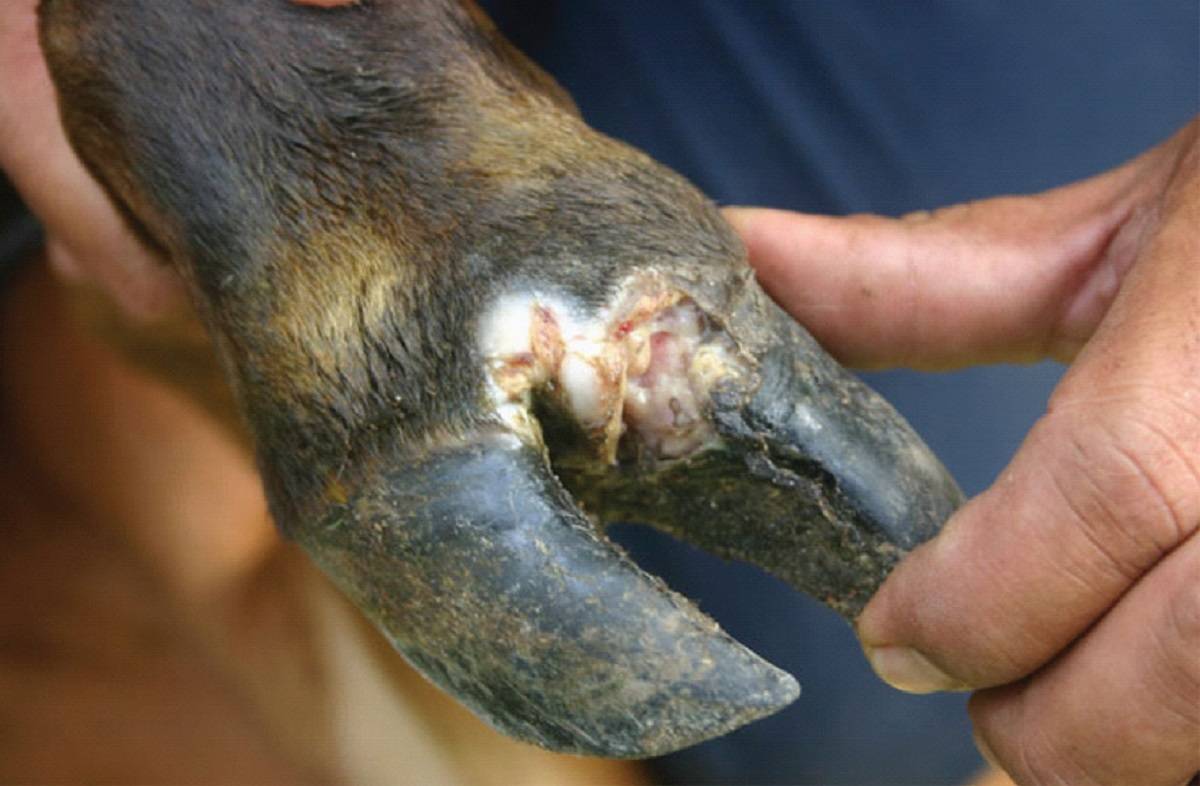
Foot and mouth disease is a severe contagious viral disease of livestock that has a significant economic impact. This disease affects several cloven-hoofed animals such as cattle, pigs, and sheep. Foot and mouth disease is a transboundary animal disease that deeply affects the production of livestock and disrupts regional and international trade in animals and animal products.
Intensively reared animals tend to be more susceptible to this disease than traditional breeds. This disease has a high mortality rate in young animals; however, it is rarely fatal in adults. FMD or foot and mouth disease is characterised by fever and sores on the tongues, lips, teats, and between the hoofs. Now, let us take a look at how the disease is spread, ways to control it from spreading, and ways to prevent it, along with the causes and symptoms of the disease.
Prevention and Control of Foot and Mouth Disease
-
Regular vaccination of farm animals, starting from 3 months of age, followed by another dose 30 days after the first vaccination, and then once every six months. It is recommended to coordinate the vaccination of animals with the entire village or area. Follow with ring vaccination for control of disease outbreaks and border vaccinations to protect disease-free zones. Also, remember to vaccinate animals for at least 15 to 20 days before bringing them to your farm.
-
Before purchasing a new animal, make sure that they do not come from an area where this disease is prevailing. It is advised to not purchase a new animal for at least 6 months after an outbreak. Make sure that the new animal or animals are properly vaccinated and give them a proper bath before introducing them to existing animals.
-
After detecting the clinical symptoms of foot and mouth disease in animals, isolate them from healthy animals and confine them in a proper area. Make sure that the infected animals do not drink from the same water source and are not allowed to roam with healthy animals. Also, people handling diseased animals should practice proper hygiene and clean themselves and their belongings with caustic soda and soap.
-
The mouth of the affected animals should be washed with an antiseptic mouthwash at least 3 to 4 times a day. Their feet should also be cleaned with a copper sulphate solution and antiseptic lotion should be applied to the affected area. Also, disinfect the floor with citric acid and sodium hydroxide to avoid further infection and maggot formation on the wound.
Spread of Foot and Mouth Disease
Foot and mouth disease is transmitted in the following ways-
-
The animals are fed improperly cooked or raw virus-infected meat or other contaminated animal product.
-
The animals come in contact with contaminated clothing, footwear, or equipment.
-
Newly infected animals are introduced into the herd.
-
The animals are transported in contaminated animal transport vehicles or are kept in a contaminated building.
How to detect Foot and Mouth Disease in cattle, sheep, and pigs?
Signs of FMD in Cattle
-
Shivering
-
Sore and tender feet
-
Blisters on feet
-
Fever
-
Reduced milk yield
Signs of FMD in Sheep
-
Unwillingness to get up.
-
Lies down frequently
-
Severe and sudden lameness
-
Blisters on the hoof, dental pad, and tongues
Signs of FMD in Pigs
-
Unwillingness to get up.
-
Lies down frequently
-
Severe and sudden lameness
-
Blisters around the snout and tongue, blisters on the heel, and cleft of the hoofs.
-
Squeals loudly and hobbles painfully when made to move
Causes of Foot and Mouth Disease
-
FMD is caused by the virus Apthos, which is resistant to alcohol, ether, and chloroform.
-
This virus becomes inactive outside the pH range of 6-9 and when the temperature is more than 56 degrees Celsius.
-
The severity of the signs of FMD tends to depend on the strain of the virus, the age and species of animal, the exposure dose, and the host’s immunity.










